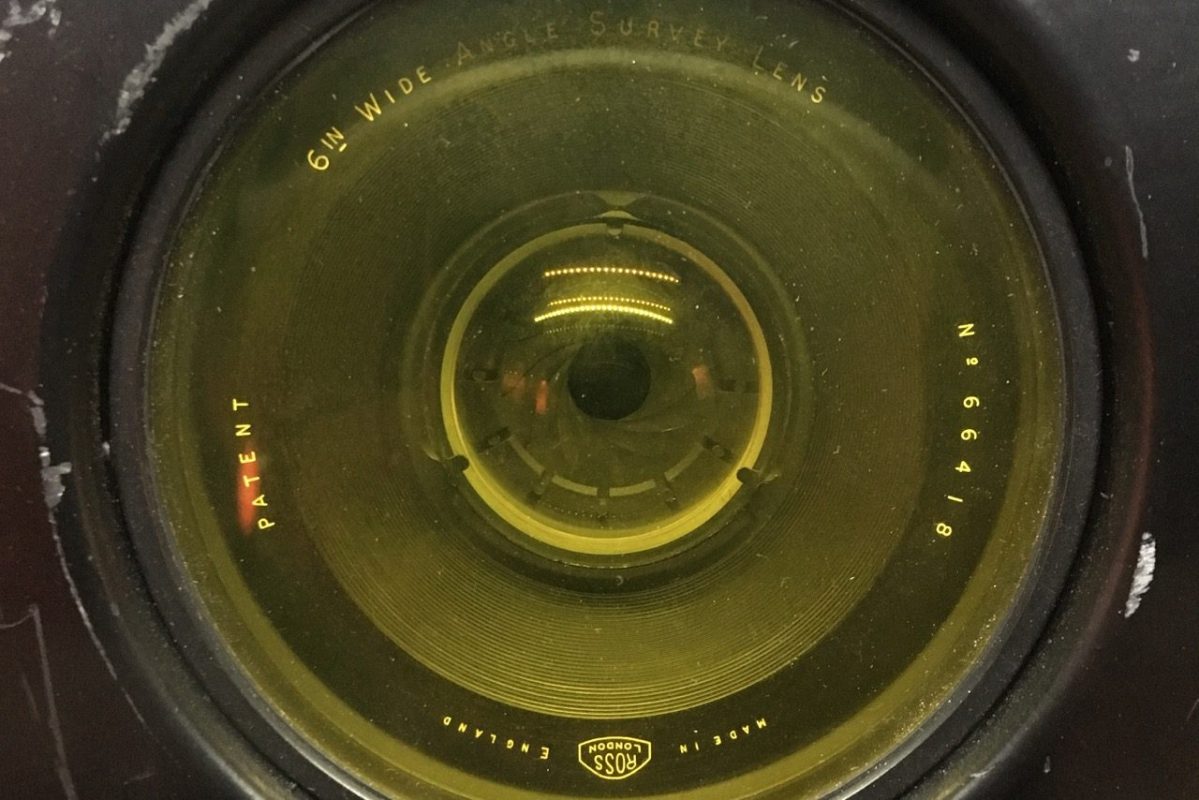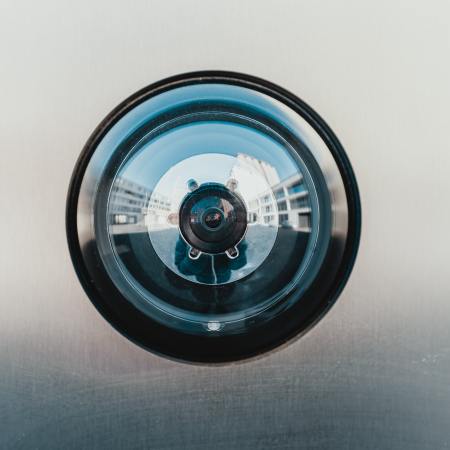Do you feel like you’re being watched some days? Unfortunately, there’s a reason for that: you probably are. Whether it’s via security cameras on the street or facial recognition software on an algorithm somewhere, odds are that someone — whether a person or an AI — is keeping their eye on you. Which makes for an unnerving experience, wherever you may be.
All of which can make it unsettling to hear that even more surveillance technology is coming to a city. At The New York Times, Nellie Bowles has the story of how Chris Larsen, who made his fortune via cryptocurrency, is making San Francisco a more observed city.
As Bowles notes, the politics of a wealthy white guy putting up a bunch of security cameras are worrying, to say the least. One might hearken back to a 2015 Times article about privately funded police in New Orleans, or the criticism that the short-lived television show Wisdom of Crowds incurred from a similar premise.
What makes Larsen’s project distinctive is that he’s paying for the cameras, but turning them over to local groups. Bowles explains in more detail:
Here is how the project works: Neighbors band together and decide where to put the cameras. They are installed on private property at the discretion of the property owner, and in San Francisco many home and business owners want them. The footage is monitored by the neighborhood coalition. The cameras are always recording.
That these cameras are monitored by local groups has led to some unexpected allegiances along the way — including San Francisco district attorney Chesa Boudin, who has a reputation for reform and a distrust of police abuses.
What emerges from this narrative is a blend of surveillance technology and reformist impulses. Larsen does not work with the police, and seems opposed to facial recognition technology. If all of that seems like a contradictory blend, you’re not wrong — but the situation described in the article is more complex than one might expect.
Subscribe here for our free daily newsletter.
Thanks for reading InsideHook. Sign up for our daily newsletter and be in the know.

















